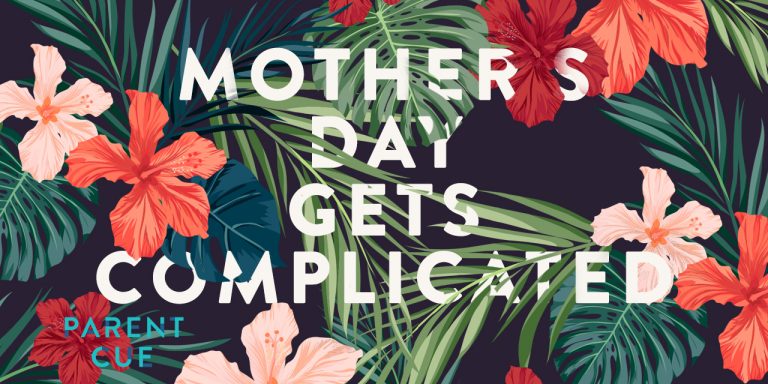
This year, Mother’s Day turns 102. Although Anna Jarvis created the holiday in 1908, it wasn’t an official holiday until six years later when Woodrow Wilson signed it into law. It was a day created out of a prayer Anna overheard from her mom, that there be a Memorial Day for mothers to commemorate all they do. And so, two years after her mother’s death, Anna went to work to realize her mom’s hope.
It didn’t take long for a simple day with simple intentions to become much more complicated. Just a few years after it had been signed into law, when she saw the commercialization of the day, Anna herself worked to try to have the day abandoned all together. But that’s just the start of it.
Mother’s Day has become complicated for just about everyone involved—commercialization aside.
It’s a challenge for…
those who long to be moms, this day heightening the ache inside of them.
those who’ve lost their moms, this day accentuating the silence the void their mother left.
those who’ve birthed children gone too soon, this day highlighting a hole their heart shouldn’t have.
those everywhere in between. Who have no stories of loss or pain but who feel this day should somehow be different.
Their kids should be perfect. The relationship with their mother not so strained. The brunch should be peaceful. The realities of life put on hold for just this 24 hours.
Mother’s Day highlights the gap that exists between what we wish were true and what isn’t. It’s a day where we are confronted with our highest hopes and our current disappointments.
Any other day we are okay with children who sometimes make us want to pull our hair out; we have learned to manage the hand life dealt us, so different from the one where we imagined we were mothers, or where our mothers were different from what they are; we might be able to get through without stopping up short, confronted afresh with emotions the loss of our mom or our babies have invited into our lives.
But not this day. This day it’s hard to escape what any other day we might adequately push through or cover over. And that makes it hard.
But I am starting to think our attempt to run from the insufficiencies this day brings to the surface is going about it wrong. In fact, I think these are the kinds of days God can do His best work in.
Because the contrast between our expectation and our reality can crush us, depress us, and make cynics out of us. Or it can drive us towards the One who put the desire for rightness in us, and walks through the reality of life’s wrongness with us.
Mother’s Day is a reminder of our humanity—and the humanity of those around us. Of how we all get it wrong—how life often gets it wrong. But it’s also a day where we can take stock of the dreams we harbor and realize they are the breadcrumbs pointing us to the God who is ultimately able to bring all things to right, one day. But it’s more than that too.
In Genesis 1:2, the author begins the creation story describing the Sprit of God hovering over the waters—the word hovering, used later in Deuteronomy to describe what a mother bird does when she flutters over her nest, protecting and covering her young. I love that, as often as we read about God as a loving Father, the first descriptor we read of God in Scripture uses words that depict the qualities of a Mother.
And on Mother’s Day, this complicated and loaded day, this day where we attempt to manage the seemingly contradictory idea of what we have and what we want—on all ends of the spectrum—I like to think of God nurturing us through the chaos, like a mother would. Of God being tender towards us as we juggle our humanity and our dreams for a world—our world—made right. Who covers us, and calms us, and manages with us the paradoxes of the day, of our relationships, and ultimately our lives.
This year, let’s not run away from the contradictions this day evokes. Let’s embrace them, but in the presence of a God capable of handling them and cultivating us through them in the process. Let’s celebrate Mother’s Day for all it offers, for all it lacks, and for the God who fills in the gaps.
Source: The Parent Cue


